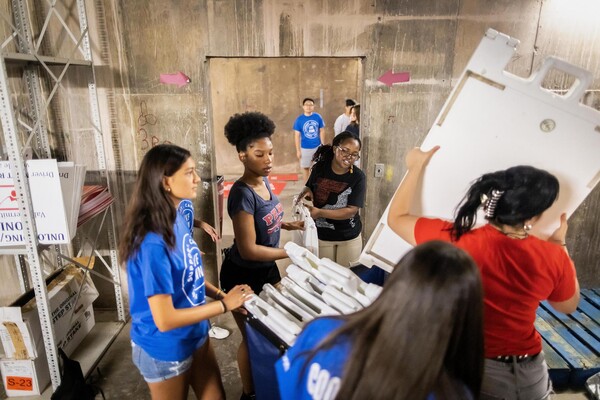Bookquick/“Art in a Season of Revolution Painters, Artisans, and Patrons in Early America”
This lushly illustrated book about art-making in the 18th century positions both well-known painters and unknown artisans within the framework of their economic lives, their families and the geographies through which they moved. “Art in a Season of Revolution” departs from standard practice and re-situates painters as artisans. Moreover, it gives equal play to the lives of the makers and the lives of the objects, studying both within the interdependent social and economic webs linking workers, theorists, suppliers and patrons throughout the mercantile Atlantic.
Focusing primarily on maritime settlements such as Salem, Newport and Boston and viewing them within the larger framework of the Atlantic world, Margaretta Lovell considers the ways 18th-century New England experience was conditioned by its source cultures and markets. Lovell concentrates on a cluster of central issues: the relevance of aesthetic production to social hierarchies; the nature and conditions of artisan career trajectories; the role of replication, imitation and originality in the creation and marketing of art products; and the constituent elements of individual identity for the makers, for the patrons who were their subjects and for the creations that were their objects. “Art in a Season of Revolution” invites historians to look at the material world as a source of evidence in their pursuit of even very abstract concerns such as the nature of virtue, the uses of identity and the experience of time.
This provocative new book challenges established frameworks for understanding the production of art in British America during the tumultuous decades bracketing the Revolution.
Margaretta M. Lovell is professor of art history and director of American studies at the University of California, Berkeley.
—University of Pennsylvania Press








